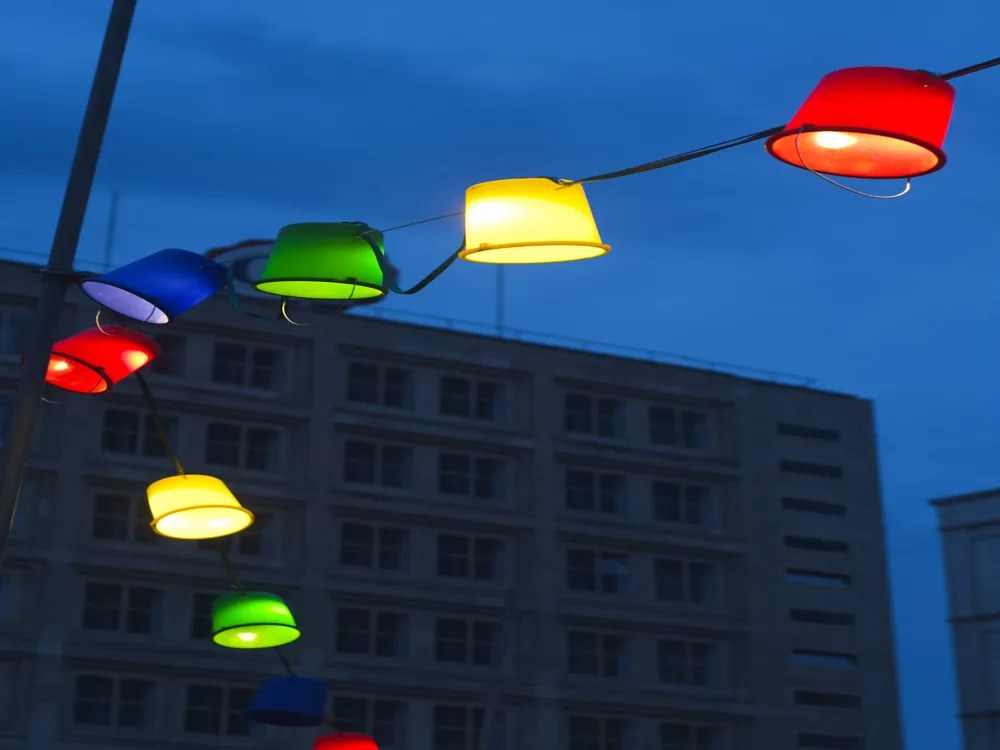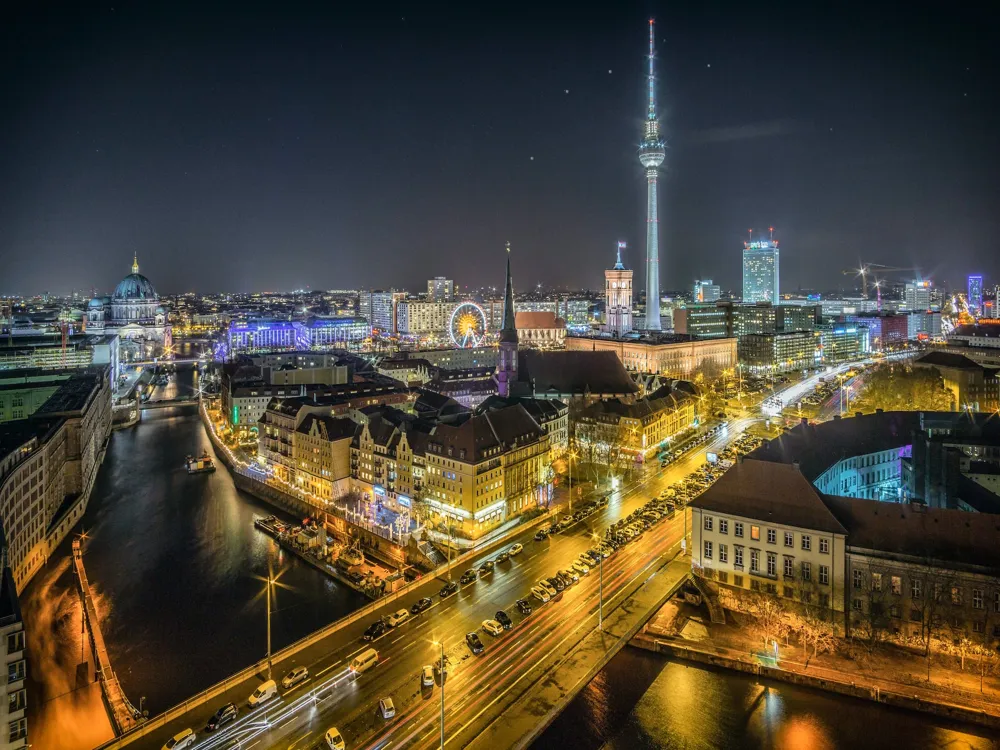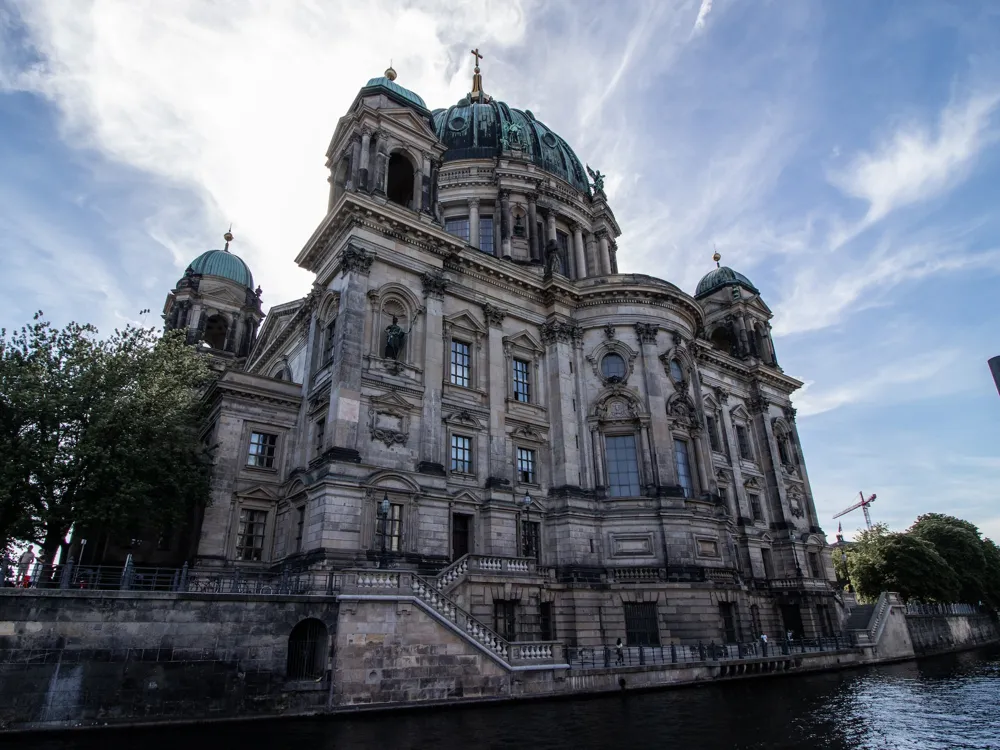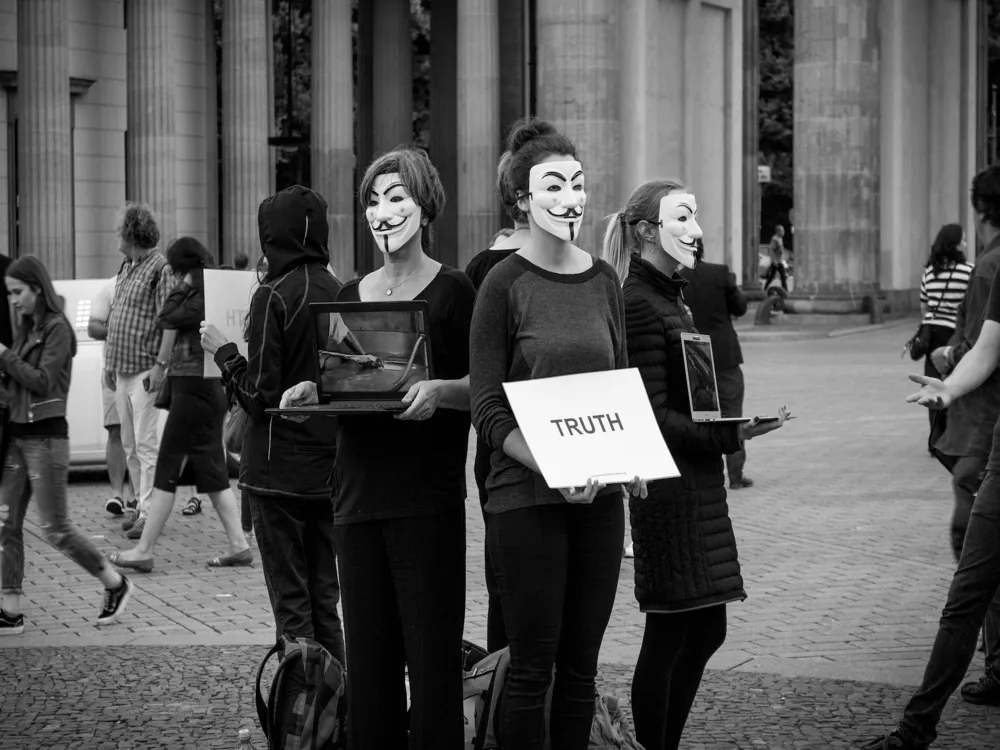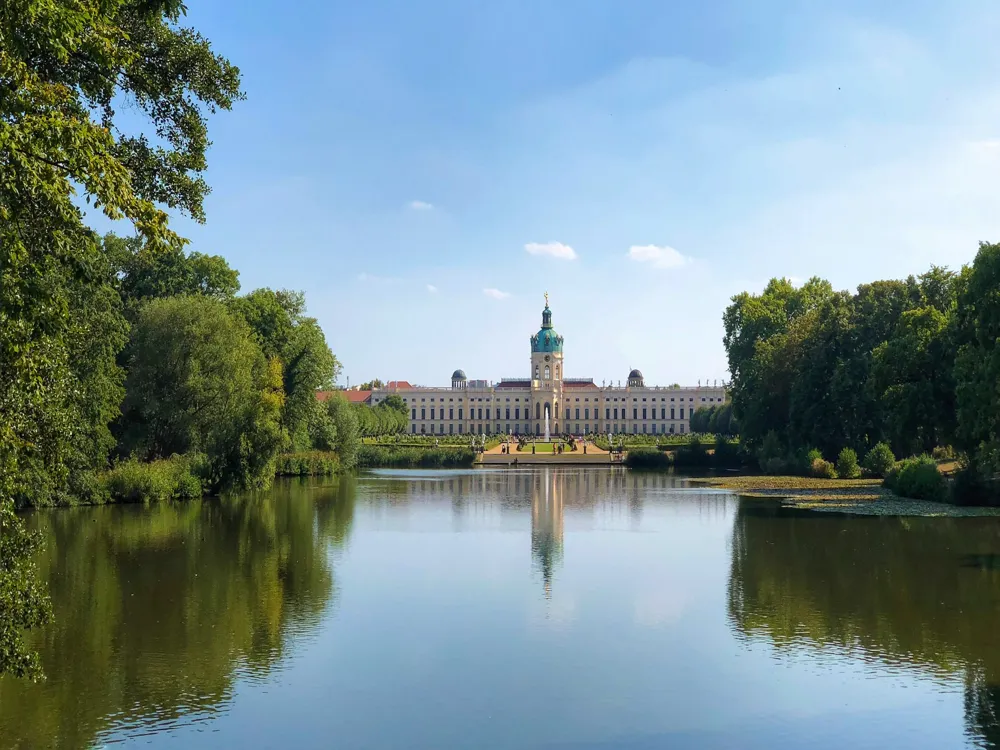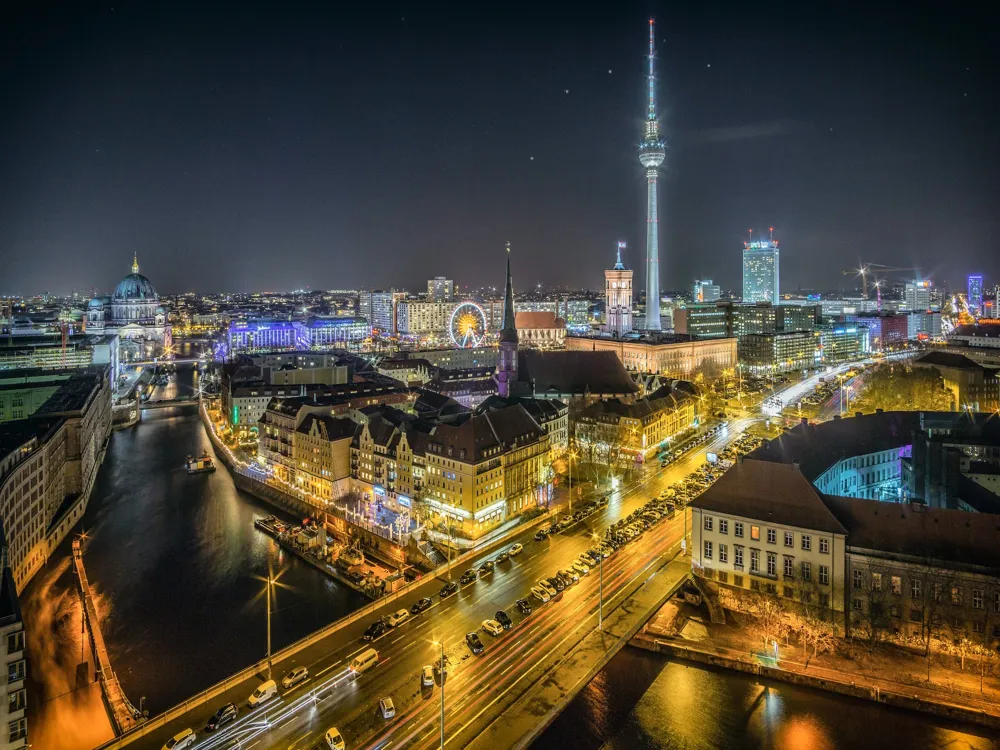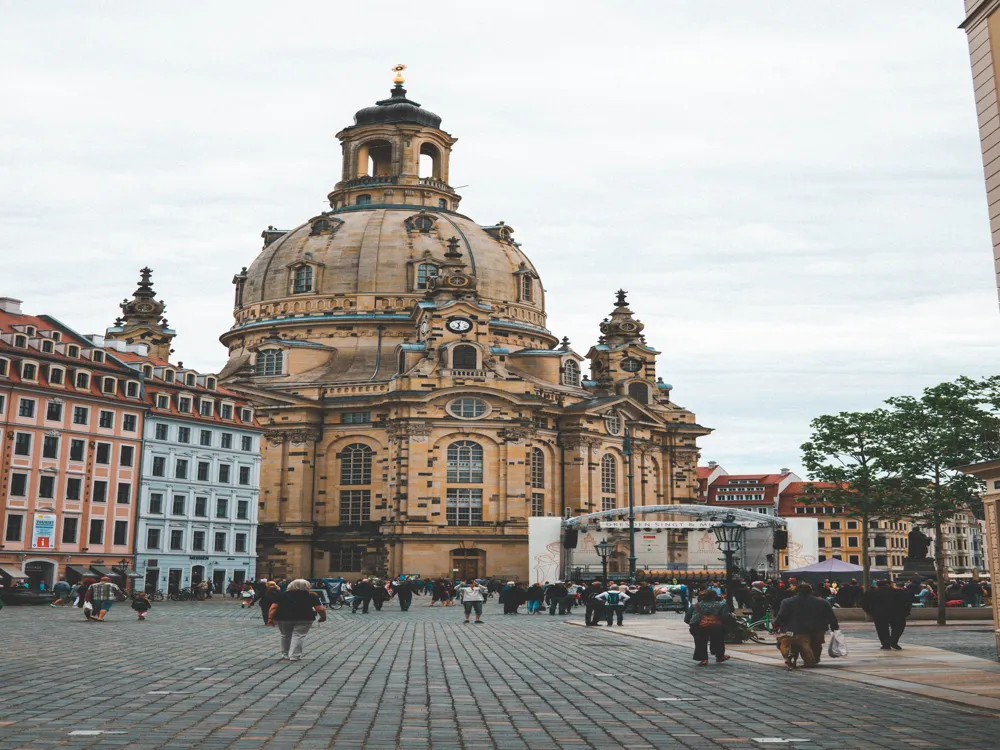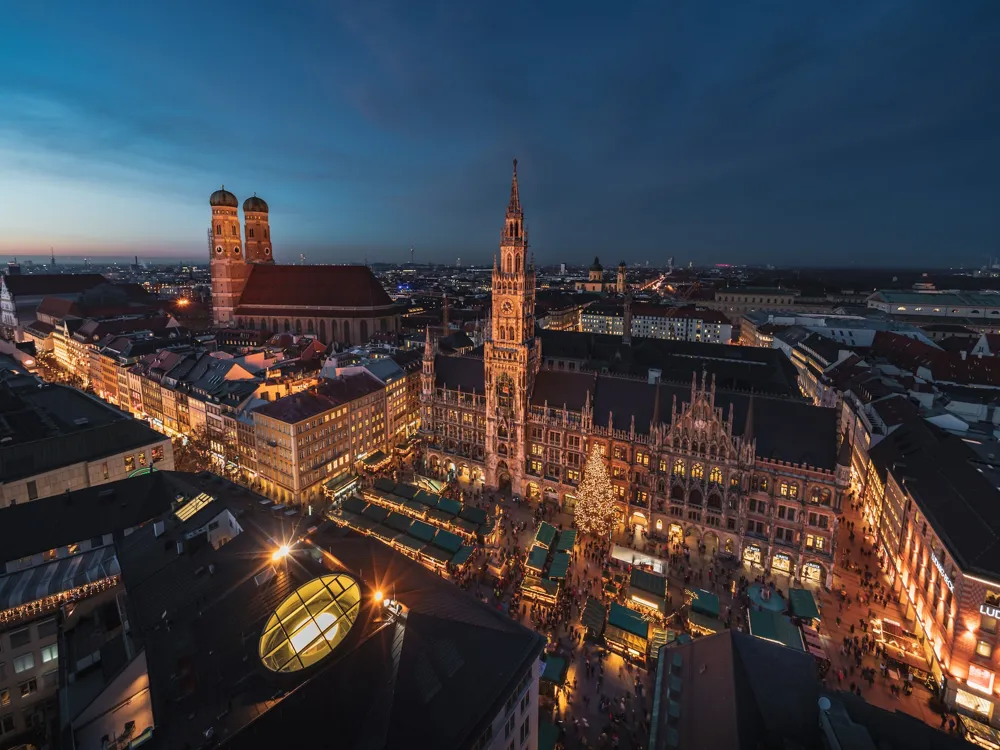The Pergamon Museum, a jewel in the heart of Berlin, stands as a monumental testament to history and culture. This museum, part of the Museum Island complex, is renowned for its impressive collection of classical antiquities, Middle Eastern artifacts, and Islamic art. Since its inauguration in the early 20th century, the Pergamon Museum has captivated visitors with its grandeur and the richness of its exhibits. One of the museum's most famous exhibits is the Pergamon Altar, a massive structure adorned with a frieze depicting the battle between the gods and giants in Greek mythology. This breathtaking artifact sets the tone for the rest of the museum's collection, which includes the Ishtar Gate of Babylon, the Market Gate of Miletus, and many other artifacts that transport visitors back in time to ancient civilizations. Apart from its stunning exhibits, the museum itself is a piece of art. Its architecture, which we will explore in more detail, merges historical grandeur with modern functionality, creating a space that is both awe-inspiring and welcoming to visitors from all around the world. The Pergamon Museum, designed by Alfred Messel and Ludwig Hoffmann, is a masterpiece of early 20th-century architecture. It was constructed between 1910 and 1930, during a time when Berlin was rapidly evolving into a modern metropolis. The museum's design reflects this transitional period, combining elements of neoclassicism with emerging modernist tendencies. The museum's exterior is characterized by its imposing facade, grand columns, and detailed stonework, inviting visitors into a world of historical grandeur. Inside, the museum is divided into three wings: the Antiquity Collection, the Middle East Museum, and the Museum of Islamic Art. Each wing is designed to complement the artifacts it houses, with spacious galleries, high ceilings, and innovative display techniques that enhance the visitor experience. The use of natural light is a significant architectural feature in the Pergamon Museum. Skylights and large windows not only illuminate the exhibits naturally but also create an atmosphere that changes with the time of day and weather, adding an extra layer of dynamism to the museum experience. Early morning or late afternoon are ideal times to visit the Pergamon Museum to avoid crowds. Additionally, visiting on weekdays can provide a more relaxed experience. Purchase tickets online in advance to skip the long queues. Consider investing in a Berlin Museum Pass for multiple museum visits. Consider taking a guided tour for a more informative experience. Audio guides are also available in multiple languages. Photography is allowed in most areas, but flash and tripods are prohibited. Always check the museum's photography policy before your visit. The Pergamon Museum is easily accessible by public transportation. The nearest stations are Friedrichstraße (S-Bahn and U-Bahn) and Hackescher Markt (S-Bahn). Buses and trams also have stops close to Museum Island. For visitors driving, there are several parking options nearby, though public transport is recommended due to the central location of the museum. READ MORE:-Overview of the Pergamon Museum in Berlin
Architecture of the Pergamon Museum
Tips When Visiting the Pergamon Museum
Best Time to Visit
Buying Tickets
Guided Tours
Photography
How to Reach the Pergamon Museum
Pergamon Museum
Berlin
₹ 58,000 onwards
View berlin Packages
Weather :
Tags : Museum
Timings : Tuesdat - Sunday: 10:00 AM - 6:00 PM
Entry Fee : Adult: EUR 12
Concessions: EUR 6
Planning a Trip? Ask Your Question
Berlin Travel Packages
View All Packages For Berlin
Top Hotel Collections for Berlin

Private Pool

Luxury Hotels

5-Star Hotels

Pet Friendly
Top Hotels Near Berlin
Other Top Ranking Places In Berlin
View All Places To Visit In berlin
View berlin Packages
Weather :
Tags : Museum
Timings : Tuesdat - Sunday: 10:00 AM - 6:00 PM
Entry Fee : Adult: EUR 12
Concessions: EUR 6
Planning a Trip? Ask Your Question
Berlin Travel Packages
View All Packages For Berlin
Top Hotel Collections for Berlin

Private Pool

Luxury Hotels

5-Star Hotels

Pet Friendly







